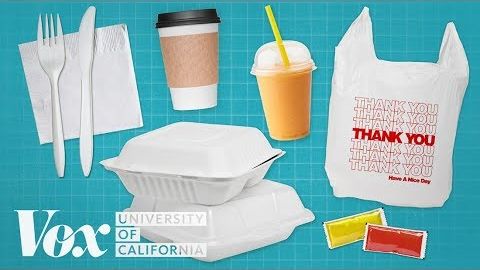環境に優しいテイクアウトの方法を考える (Takeout creates a lot of trash. It doesn't have to.)
kiki が 2018 年 08 月 13 日 に投稿  この条件に一致する単語はありません
この条件に一致する単語はありませんUS /praɪˈɔ:rətaɪz/
・
UK /praɪˈɒrətaɪz/
US /ˈhaɪˌdʒin/
・
UK /ˈhaɪdʒi:n/
- n. (u.)衛生状態;個人衛生;口腔衛生;食品衛生
エネルギーを使用
すべての単語を解除
発音・解説・フィルター機能を解除
